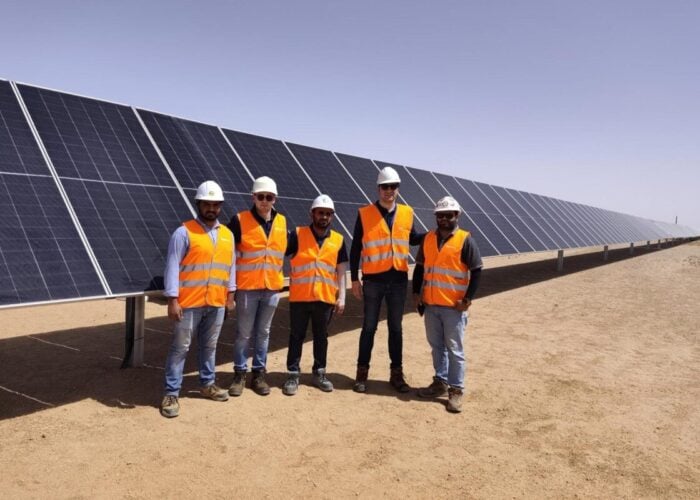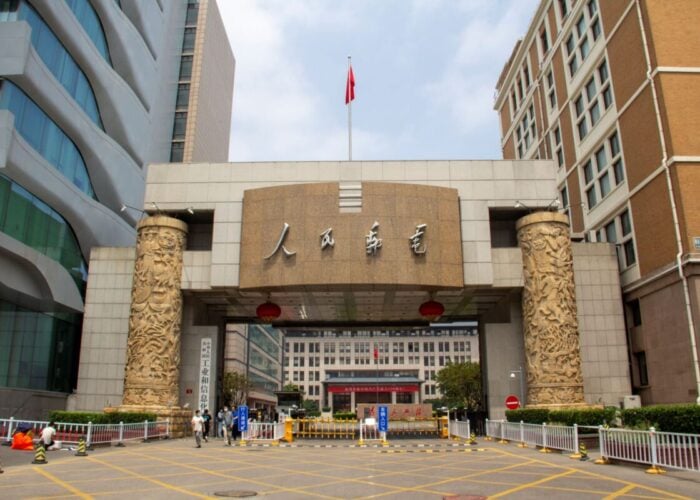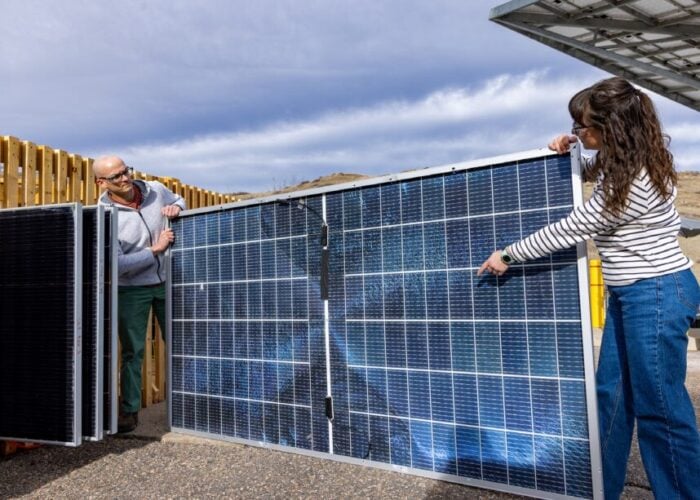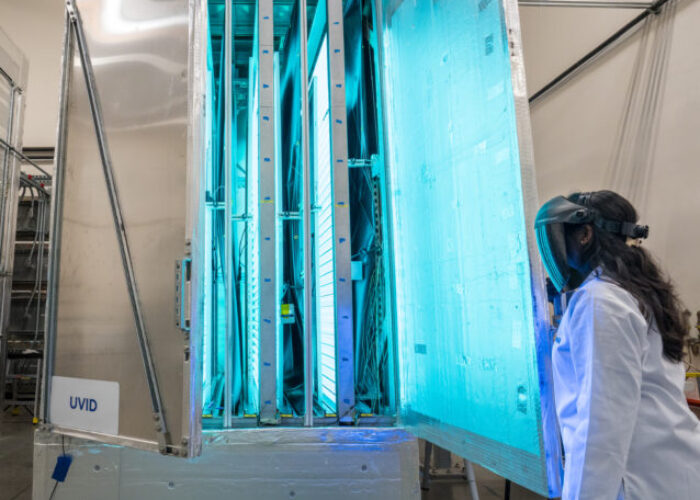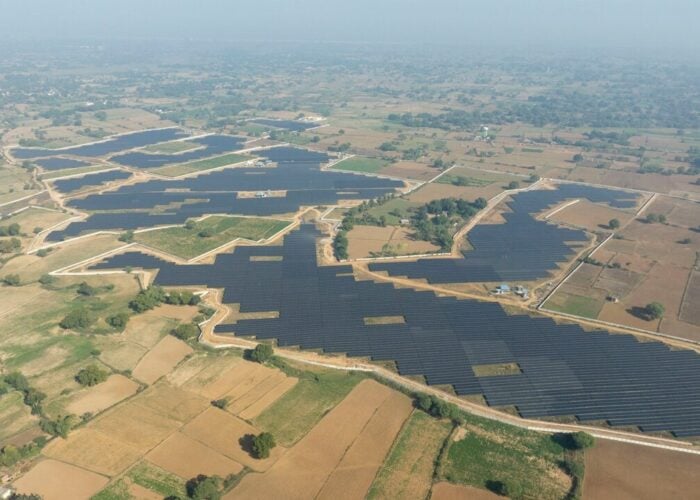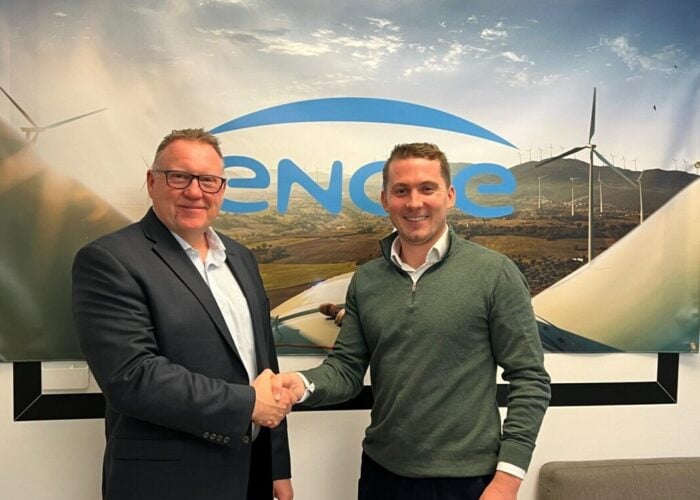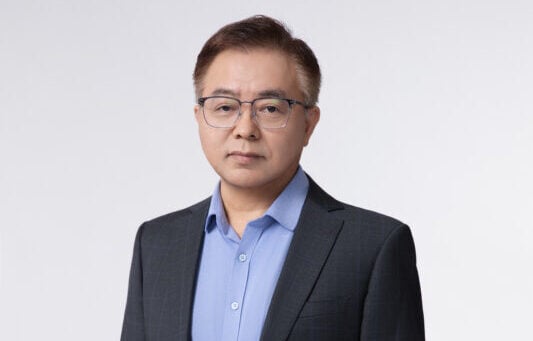
This Premium article, which was one of the most read Premium articles in 2025, has been made accessible/free to all to offer a glimpse of our Premium and PV Tech Power coverage.
—
Silver is a cornerstone of the solar cell manufacturing industry. Its high conductivity makes it well-suited for use in cells to transfer electricity, but as the solar industry grows, its silver consumption could create issues.
Try Premium for just $1
- Full premium access for the first month at only $1
- Converts to an annual rate after 30 days unless cancelled
- Cancel anytime during the trial period
Premium Benefits
- Expert industry analysis and interviews
- Digital access to PV Tech Power journal
- Exclusive event discounts
Or get the full Premium subscription right away
Or continue reading this article for free
According to the Silver Institute, in 2014, solar cells accounted for 5% of global silver demand. This figure is expected to reach 14% in 2025, putting pressure on the world’s silver supply to meet this demand. In 2024, silver production increased 2% year-on-year, while demand grew by 4%..
Looking further ahead, in the most drastic scenario, a report from the University of New South Wales (UNSW) estimates that the solar sector could consume up to 98% of the world’s silver reserves by 2050. With only around 270,000 tons of silver in the world’s reserves, finding an alternative to this precious resource may be imperative.
While the industry has historically struggled to find a material that can replace the efficacy of silver, last month, Chinese solar manufacturer AIKO announced that it has started using copper to form interconnections in its all-back contact (ABC) modules. The company’s chief scientist, Yongqian Wang, tells PV Tech Premium that copper is now a “highly suitable” alternative to silver.
“Copper offers a compelling combination of conductivity, availability, and mechanical strength — making it a highly suitable alternative to silver from a long-term industrial perspective,” says Wang.
However, he notes that “replacing silver is not a ‘drop-in’ process,” but one that would require changing the design and manufacturing workflows in the solar industry, at a time when many manufacturers, particularly in China, are looking to cut production, rather than introduce new elements. This raises an important question for the future of the use of copper in cell design: are its financial benefits worthwhile in an industry where margins are increasingly squeezed?
From silver to copper
Wang points to three key advantages of copper: its material characteristics, the abundance of the metal and the maturity of the copper metallisation process integral to its use in solar cells.
“Copper’s electrical and mechanical properties are excellent when used in its pure metal form — particularly compared with silver paste, which is diluted with glass or resin,” explains Wang. “This results in superior conductivity and robustness at the cell level.
“The world’s copper reserves are estimated at around 980 million tons, over 3,000 times greater than those of silver. This makes copper a more sustainable and scalable option for the terawatt-scale future of solar.”
The copper metallisation process is also relatively mature, which could eliminate the need for expensive silver metallisation. The UNSW report described the “high” cost of silver metallisation as a long-term concern for silver use in the solar industry, which is to say nothing of the cost of using silver in non-metallised processes, such as the use of silver busbars and other parts of cell production.
The same report said that the “lower conductivity” of aluminium and other manufacturing “challenges” around that metal mean that copper could emerge as an alternative to silver, not because there are no manufacturing hurdles to overcome, but because work has already started to overcome them.
“While copper integration requires adjustments to design and manufacturing, recent breakthroughs — including AIKO’s proprietary copper electroplating process — have made large-scale copper metallisation both technically and economically feasible,” says Wang.
Overcoming industry challenges
“In solar cells, the copper process mainly refers to electrochemical plating to deposit copper only in the designated electrode areas without plating other regions. This requires selective patterning,” Wang explains, suggesting that the mechanical precision required to deploy copper in this manner has been an obstacle to the metal’s widespread usage.
“The standard method is to use photoresist coating and photolithography, which is mature in the semiconductor industry but extremely expensive, making it unsuitable for cost-sensitive solar cell manufacturing.”
“The electroplating process heavily depends on the equipment,” he continues. “During electroplating, the plated area of the cell must maintain stable ion and electron exchange with the electrolyte while competing with the cathode. Ensuring copper deposits only in the designated plating areas, rather than on the cathode, is extremely challenging.”
When asked about overcoming these challenges, Wang says that AIKO has developed a “complete pure copper process” for BC cells and modules that has “no limits on manufacturing scale”. In January, the company started producing ABC modules at its Jinan factory, which is set to scale up to 10GW of production capacity by the end of this year. This commitment to new manufacturing processes and capacity comes at a time when many leading Chinese companies are moving in the opposite direction.
“This achievement makes an extremely important contribution to low-cost manufacturing, sustainable application and the development of photovoltaic products,” says Wang, who adds that the commitment will both reduce the cost of cell and module production and sidestep a bottleneck that has plagued the silver sector for some time; 80% of the world’s silver production comes as a by-product from the mining of other minerals, such as lead and gold, making it difficult to rapidly scale-up production on the global scale.
Shifting supply chains
When asked about the future of copper in cell production, Wang said that AIKO’s copper process could be applied to other kinds of solar cells, such as tunnel oxide passivated contact (TOPCon) and heterojunction (HJT) cells. However, he described these types of cells as “transitional technologies,” and that AIKO doesn’t plan to replace silver with copper in cells other than BC at this time.
Looking further ahead, he suggested that, should the transition from silver to copper be realised across the industry, the world’s solar supply chains could be disrupted.
“For example, China imports more than 3,000 tons of silver powder annually from Japan and the US, with a total value close to RMB25 billion (US3.5 billion),” Wang said. “In contrast, the preparation technology for copper oxide powder, the raw material used in the copper process, is very simple and can be entirely produced domestically without imports.”
This could reduce Chinese manufacturers’ reliance on imported silver from companies in Europe, Japan and the US, he says, ultimately reducing their role in the solar market.
Wang’s comments come as many of the leaders in the global solar sector, including the US, look to reduce their reliance on overseas imports.
Wang remains bullish on the prospects for copper, if nothing else, because of its technical properties, which will be useful to cell manufacturers regardless of the policy landscape.
“In the medium- to long-term, copper processes will inevitably become the standard for BC solar cells and module products,” says Wang.

